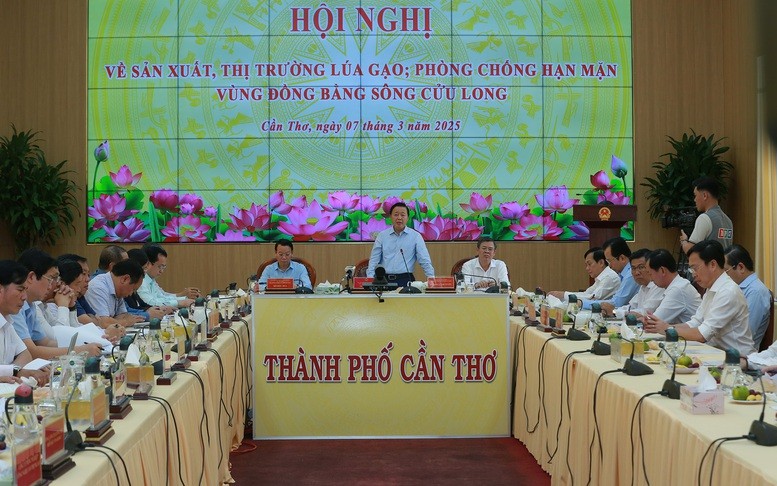
Rice prices are expected to rise again.
In early 2025, the supply to the world rice market increased to a record high, reaching 532.7 million tons (according to the US Department of Agriculture , February 2025), when India - the world's largest rice exporter - lifted the export ban, creating strong pressure on other exporters such as Vietnam and Thailand, especially in the low-quality segment.
In addition, requirements from major export markets such as the EU and the US for sustainable development, emission reduction and traceability require the rice industry to strongly transform from traditional production to green, smart production.
The above reality has put considerable pressure on the Vietnamese rice industry since the beginning of 2025, when the estimated export turnover in the first two months of the year reached 1.1 million tons (up 5.9%), with a value of 613 million USD (down 13%).
Structure of Vietnam's rice exports: White rice (about 71%, average price 523 - 540 USD/ton) is mainly exported to the Philippines, Indonesia, and Africa; Fragrant rice such as Jasmine, Dai Thom, ST24, ST25 (19%, price 640-700 USD/ton), is mainly exported to the EU, the United States, China, and Japan. Glutinous rice (6%) is exported to China, the Philippines, and some other Southeast Asian countries. Japonica rice and other specialty rice (4%) are mainly consumed in Japan, Korea, and other high-end markets.
Leaders of many rice exporting enterprises said that because 80% of Vietnam's rice exports are in the high-quality segment, the price impact due to Indian rice returning to the market (mainly low quality) is only temporary.
On the other hand, limited domestic supply (2025 output reduced to 43.14 million tons due to drought and salinity in the Mekong Delta) prevents Vietnam from dumping, reducing short-term price pressure. Demand from China (5-6 million tons/year) and the Philippines (4.5-4.7 million tons) is expected to increase from the second quarter of 2025, which is also a factor supporting the recovery of Vietnamese rice prices.

At the conference on rice production and market held in Can Tho City on March 7, Mr. Vuong Quoc Nam, Vice Chairman of the People's Committee of Soc Trang province, said that the local rice consumption situation is still developing as expected, farmers growing fragrant rice and specialty rice such as ST25 are being purchased by businesses and traders at higher prices than the same period last year.
Mr. Tran Tan Duc, General Director of Southern Food Corporation (Vinafood 2) This year, enterprises do not have any overlapping contracts, the current rice market situation is normal according to the supply and demand of the world rice market. It is forecasted that in the coming time, rice prices will gradually increase again.
Mr. Nguyen Ngoc Nam, Chairman of the Vietnam Food Association (VFA), said that in 2023, Vietnam will export over 8 million tons, and in 2024, it will reach about 9 million tons. This confirms that Vietnamese enterprises have proactively sought markets and produced commercial rice, so there is no need to worry about consumption issues.
Mr. Le Thanh Tung, Vice President of the Vietnam Rice Industry Association, added that the increase or decrease is not a shortage or surplus of rice but a seasonal situation in the region. In the first months of the year, rice exporting enterprises are actively buying.
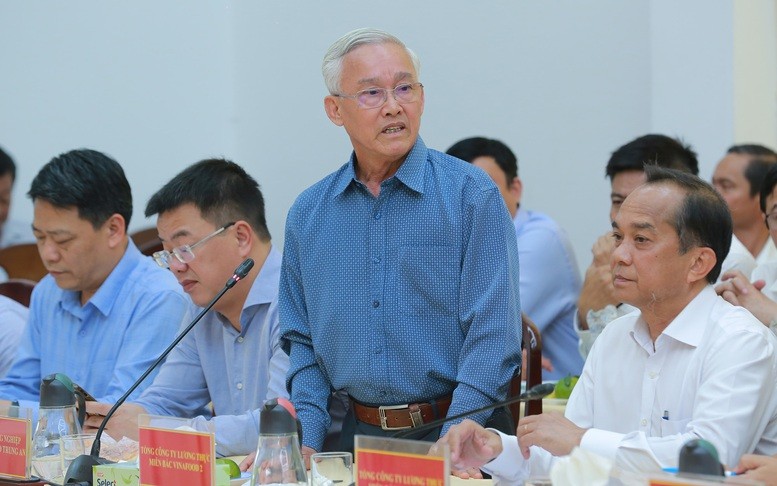
Boosting purchases and stockpiling to prevent sell-offs
Discussing solutions to stop the decline, stabilize and increase rice prices again, Minister of Agriculture and Environment Do Duc Duy said that first, it is necessary to calculate solutions for the story of improving the capacity of the warehouse system to purchase and store during peak times.
Second, the lending quota for businesses to purchase reserves is currently short, and the interest rate is not really attractive. Therefore, the State Bank and businesses need to clarify the need for credit capital to meet current reserve capacity.
Third, localities must strengthen inspection and examination; strictly handle cases of taking advantage of difficult times to force down prices on farmers.
Fourth, to stabilize the market in the long term, key export enterprises must have a chain of links with farmers, from production to purchasing, milling, processing, and exporting. That is, to form chains, enterprises must be large-scale, ensure capital capacity, warehouse systems, and have a system of "extended arms" such as cooperatives for purchasing and transportation.
Mr. Nguyen Ngoc Nam proposed that the State Bank direct commercial banks to consider increasing the limit and extending the loan period for exporting enterprises to borrow to buy rice for storage to limit the current massive selling. The Ministry of Industry and Trade activates the floor price for exported rice at 500 USD/ton. The Ministry of Finance removes obstacles in value-added tax refunds.
"When finances are stable, businesses and farmers are confident in keeping goods if they see that the market is not good. Keeping farmers' warehouses, supply warehouses, export warehouses... together to keep goods like this helps to prevent price reductions, or even increase prices," Mr. Nguyen Ngoc Nam shared.
Mr. Le Thanh Tung said that it is necessary to promote the provision of quick and timely information on production, seasonal weather, domestic and international rice markets to localities, businesses and farmers.
Agreeing with the above opinions, Mr. Pham Thai Binh, Chairman of the Board of Directors of Trung An High-Tech Agriculture Joint Stock Company, affirmed that Vietnamese rice has its own segment, we are not afraid of India dumping rice, do not worry about whether Vietnamese rice can be sold or not.
He emphasized that the most important thing is to link production with consumption, then Vietnamese rice will no longer have the current situation of "good harvest, low price, good price, bad harvest" when people can feel secure in production because their output is guaranteed with stable prices, and banks are ready to disburse.
According to him, the solution to this problem is available, which is the Project "Sustainable development of 1 million hectares of high-quality and low-emission rice cultivation associated with green growth in the Mekong Delta region by 2030," approved by the Prime Minister at the end of 2023.
"Soc Trang will continue to transform the rice variety structure, focusing on specialty and fragrant rice varieties. After a successful pilot in Long Phu district, Soc Trang boldly expanded the rice production model according to the project of 1 million hectares of high-quality, low-emission rice. The entire rice growing area in this project is ST25 fragrant rice, with businesses consuming it, and prices ensuring farmers make a profit," said Mr. Vuong Quoc Nam.
Meanwhile, Deputy Minister of Industry and Trade Nguyen Sinh Nhat Tan affirmed that, in the role of state management, the Ministry is committed to promoting rice export promotion solutions to soon remove bottlenecks for this item. It is known that the Ministry of Industry and Trade has proposed key solutions to support export enterprises and rice farmers such as organizing trade promotion delegations in traditional rice export markets (such as the Philippines, Indonesia, China), as well as potential ones; closely monitoring the market situation, global rice trade and traditional markets, as well as competitors to promptly have appropriate solutions.
Deputy Minister of Industry and Trade Nguyen Sinh Nhat Tan also informed that at the beginning of 2025, the Government issued Decree 01 amending Decree 107 dated August 15, 2018 on rice export business. In which, it stipulates the responsibility of rice export traders to report on the actual amount of paddy and rice in stock by specific type every month to the Ministry of Industry and Trade, the Department of Industry and Trade where the trader has its head office, warehouse, milling, grinding or processing facility for paddy and rice and the Vietnam Food Association.
Proactively manage rice production when there are fluctuations in the export market.
Concluding at the conference on rice production and market held in Can Tho City on March 7, Deputy Prime Minister Tran Hong Ha stated: Recently, policy responses to developments in the rice market have been quite timely with many drastic and specific instructions on this issue. However, providing information to people and businesses about weather developments, production and export activities in the world market is still a weakness.
Through analysis and forecasting, assessment of world rice demand shows good prospects for Vietnamese rice, with its own brand and segment.
The Deputy Prime Minister requested the Ministry of Industry and Trade to urgently inspect and correctly assess the current situation of the domestic rice market when the high-quality rice segment (accounting for 80% of export output) is still stable in price, due to not competing much with India and Thailand in the low-quality rice segment; urgently amend and supplement Decree 107/2018/ND-CP on rice export business to remove current difficulties and obstacles for rice exporting enterprises.
At the same time, the Ministry of Agriculture and Environment urgently builds a comprehensive database on rice production and export activities, including weather developments, market forecasts, cultivation techniques, and management activities; at the same time, regulates the responsibility for providing and the right to access information of relevant entities; "orders" research to build economic models to serve state management of the rice market.
The Deputy Prime Minister requested the Ministry of Agriculture and Environment to coordinate with ministries, branches, localities, associations, and rice industry enterprises to urgently complete the Project of 1 million hectares of high-quality, low-emission rice, including technical support projects, criteria for selecting enterprises to participate in the Project, carbon credit calculation methods, etc. Localities closely follow the Land Law, decrees on agricultural land, agricultural support, review and have criteria for selecting large rice production areas to implement the Project of 1 million hectares of high-quality, low-emission rice, prepare and propose accompanying policy packages.
"The Ministry of Agriculture and Environment needs to review and re-plan the crop season and rice production area in the direction of proactively developing irrigation and transportation infrastructure, adapting to climate change...", the Deputy Prime Minister said, noting that all policies for the rice industry must be based on the criteria of linking farmers and businesses; transferring technology, and providing technical support to farmers.
The Ministry of Agriculture and Environment, in coordination with the Ministry of Science and Technology, urgently develops a strategy to develop a strong national rice brand, register copyrights and geographical indications, to serve trade promotion, open new markets; develop e-commerce for the rice industry...
The Deputy Prime Minister suggested that the State Bank take note of enterprises’ opinions to remove difficulties and obstacles related to loan terms, limits, loan conditions and disbursement; and study preferential credit packages for enterprises to invest in applying science and technology in storage, processing, transportation and export of rice.
Source: https://baolaocai.vn/gao-viet-nam-se-tru-vung-voi-phan-khuc-chat-luong-cao-post398549.html



![[Photo] Cuban artists bring "party" of classic excerpts from world ballet to Vietnam](https://vphoto.vietnam.vn/thumb/1200x675/vietnam/resource/IMAGE/2025/6/26/797945d5d20b4693bc3f245e69b6142c)
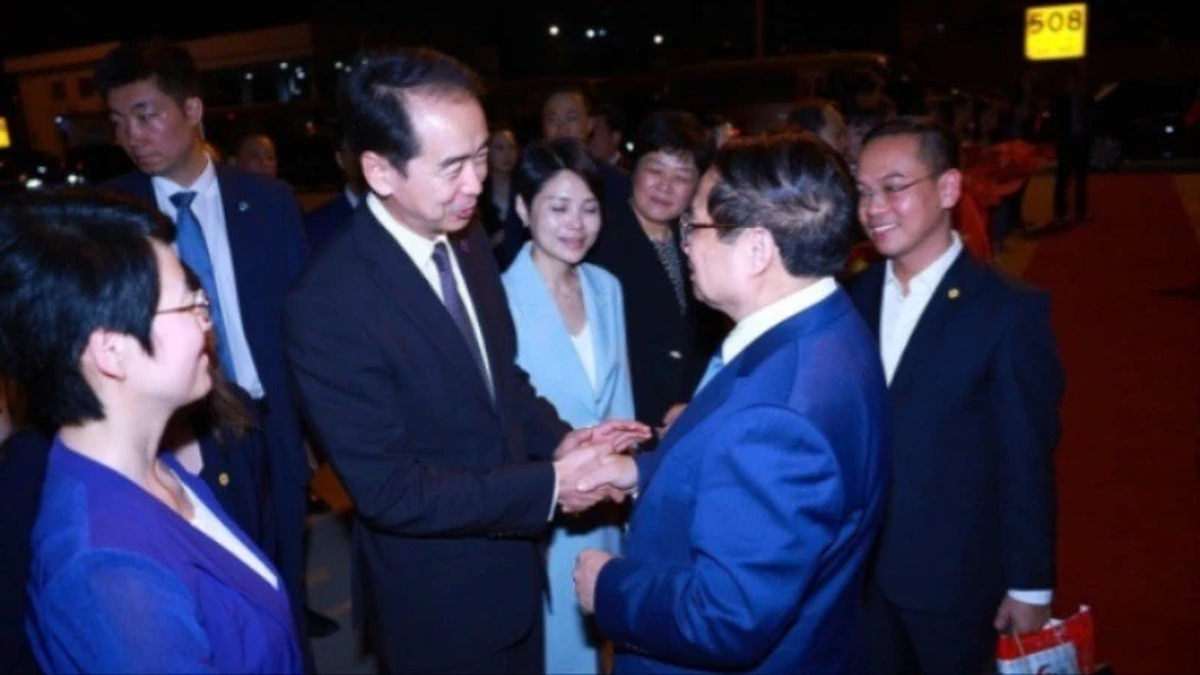

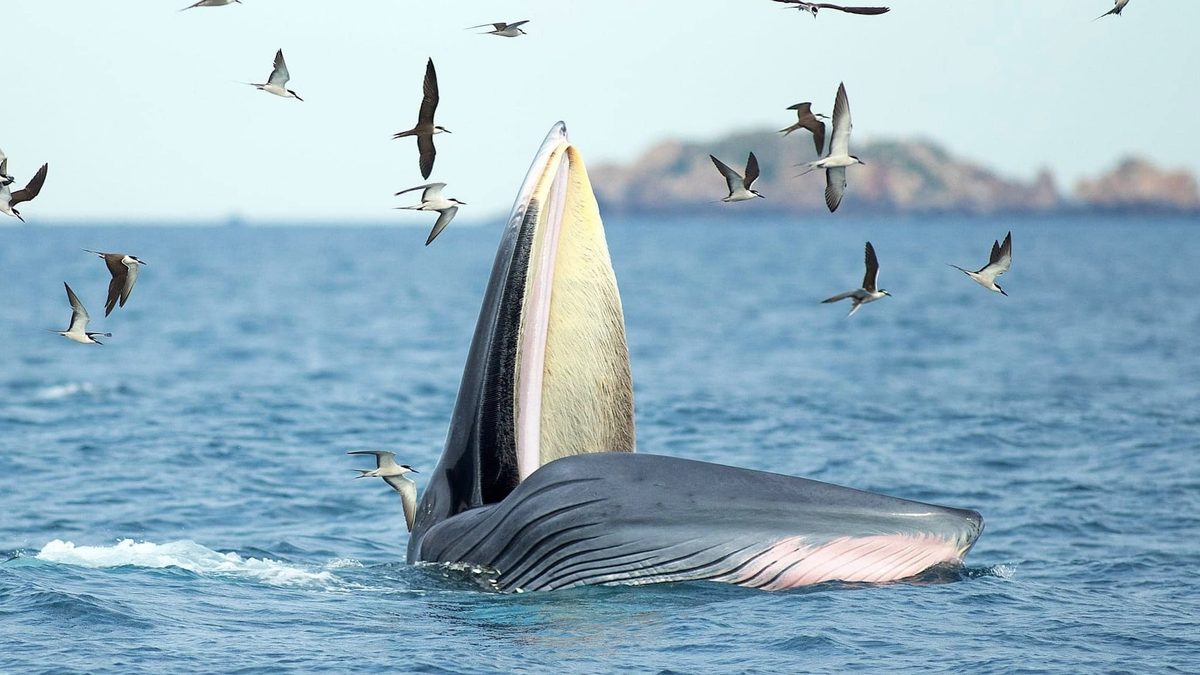

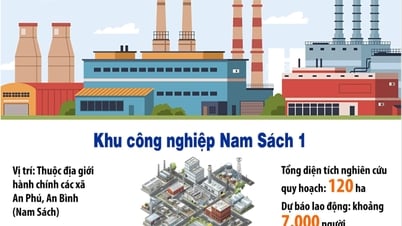



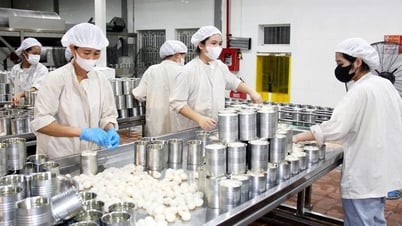

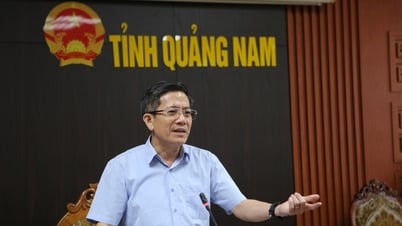
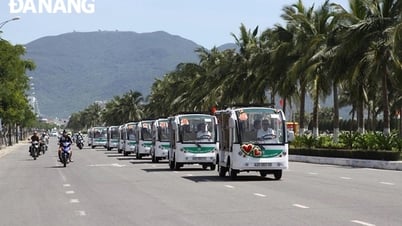

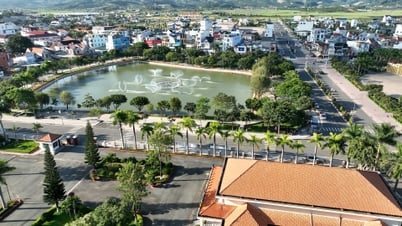





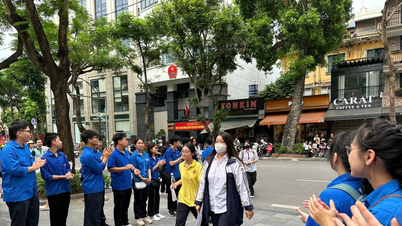
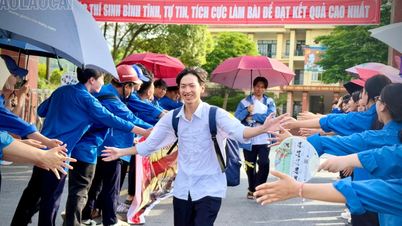
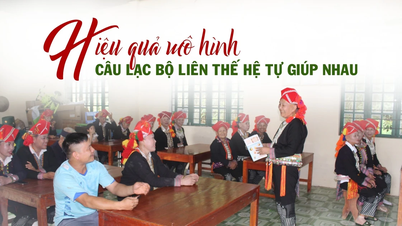
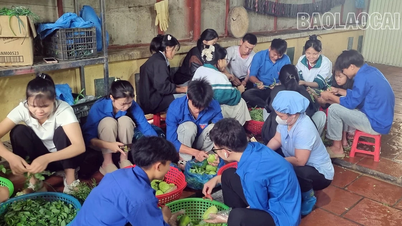

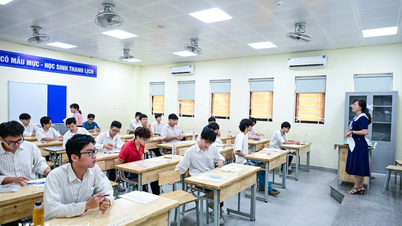
![[Photo] General Secretary To Lam receives Australian Ambassador to Vietnam Gillian Bird](https://vphoto.vietnam.vn/thumb/1200x675/vietnam/resource/IMAGE/2025/6/26/ce86495a92b4465181604bfb79f257de)
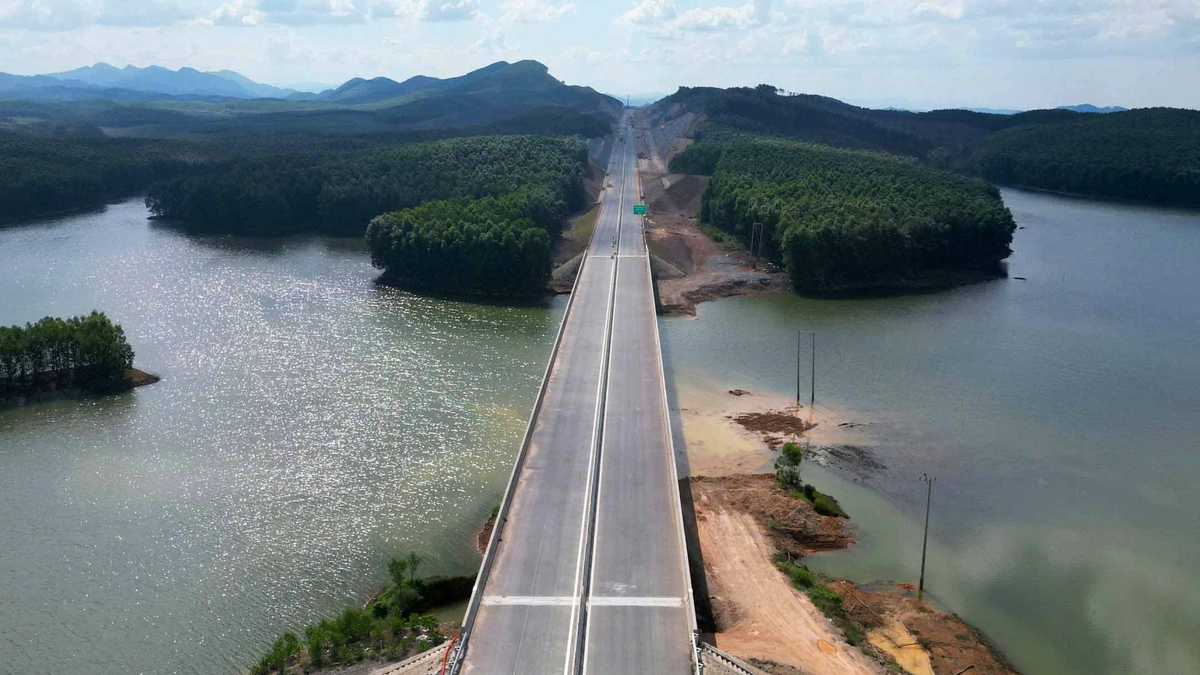






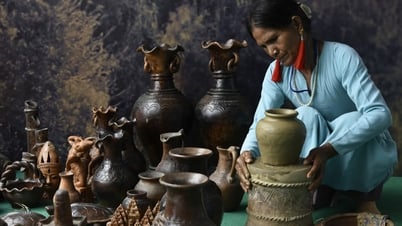



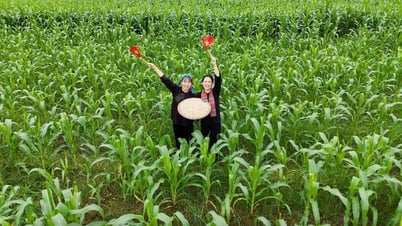

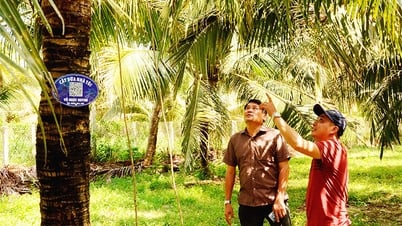



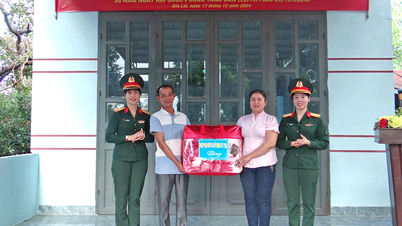



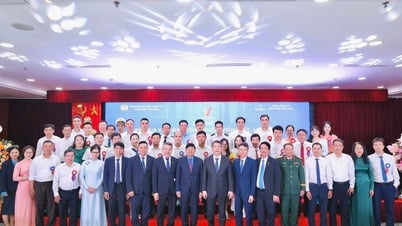

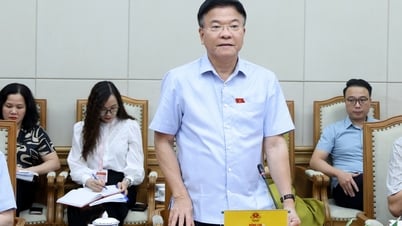






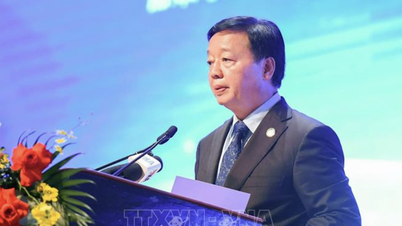
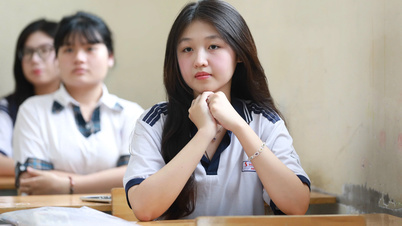

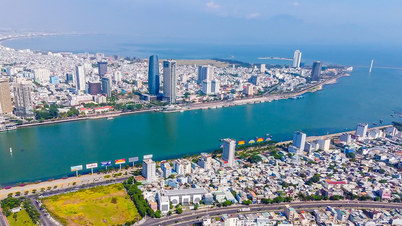


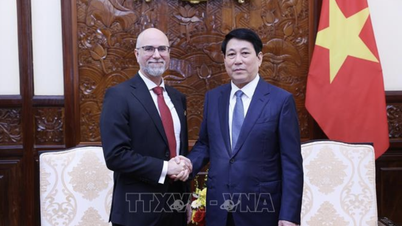
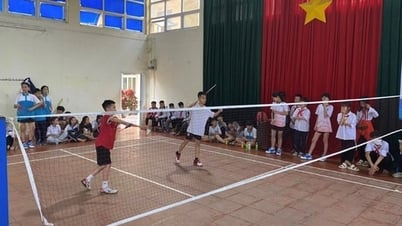

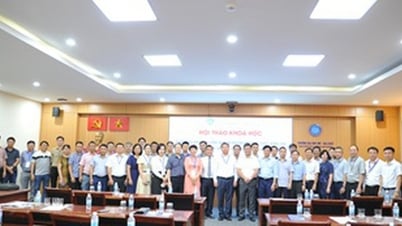

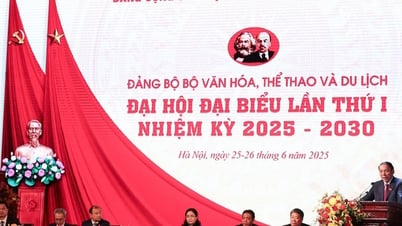


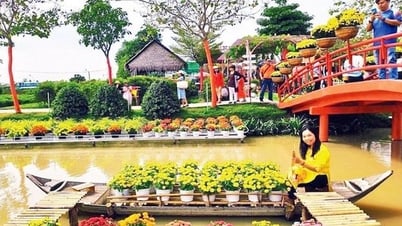


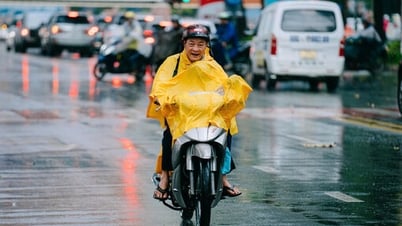

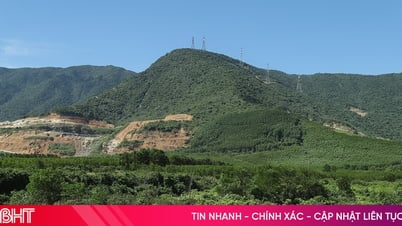






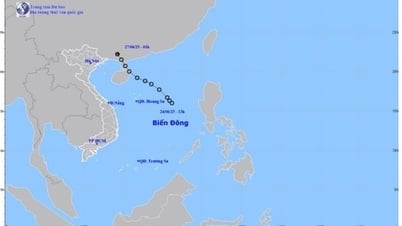












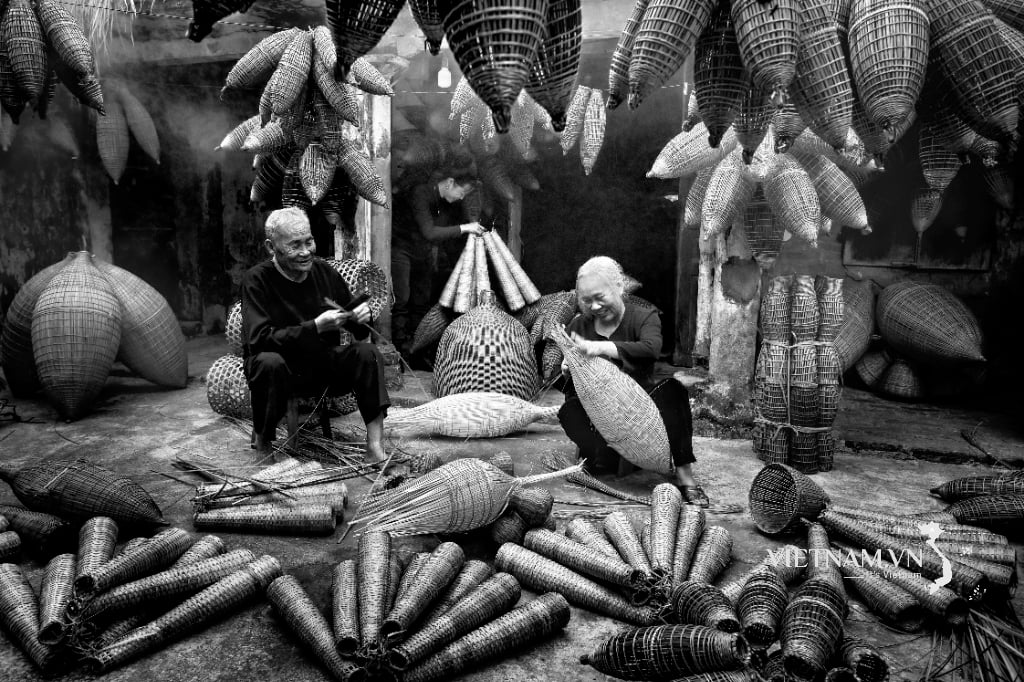


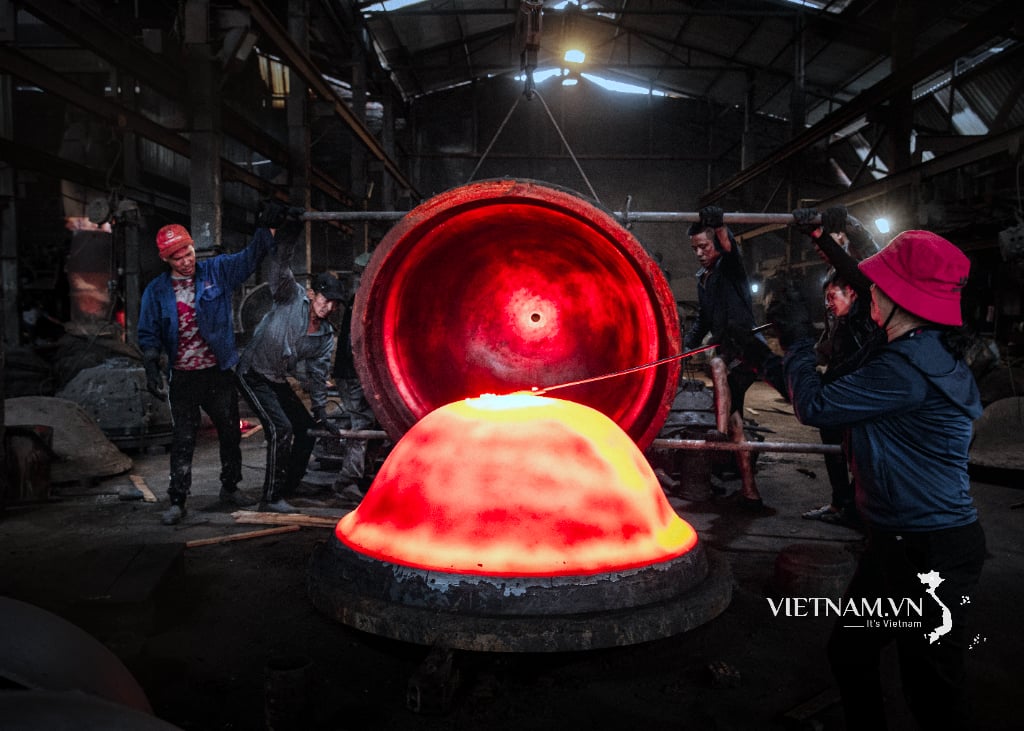
Comment (0)